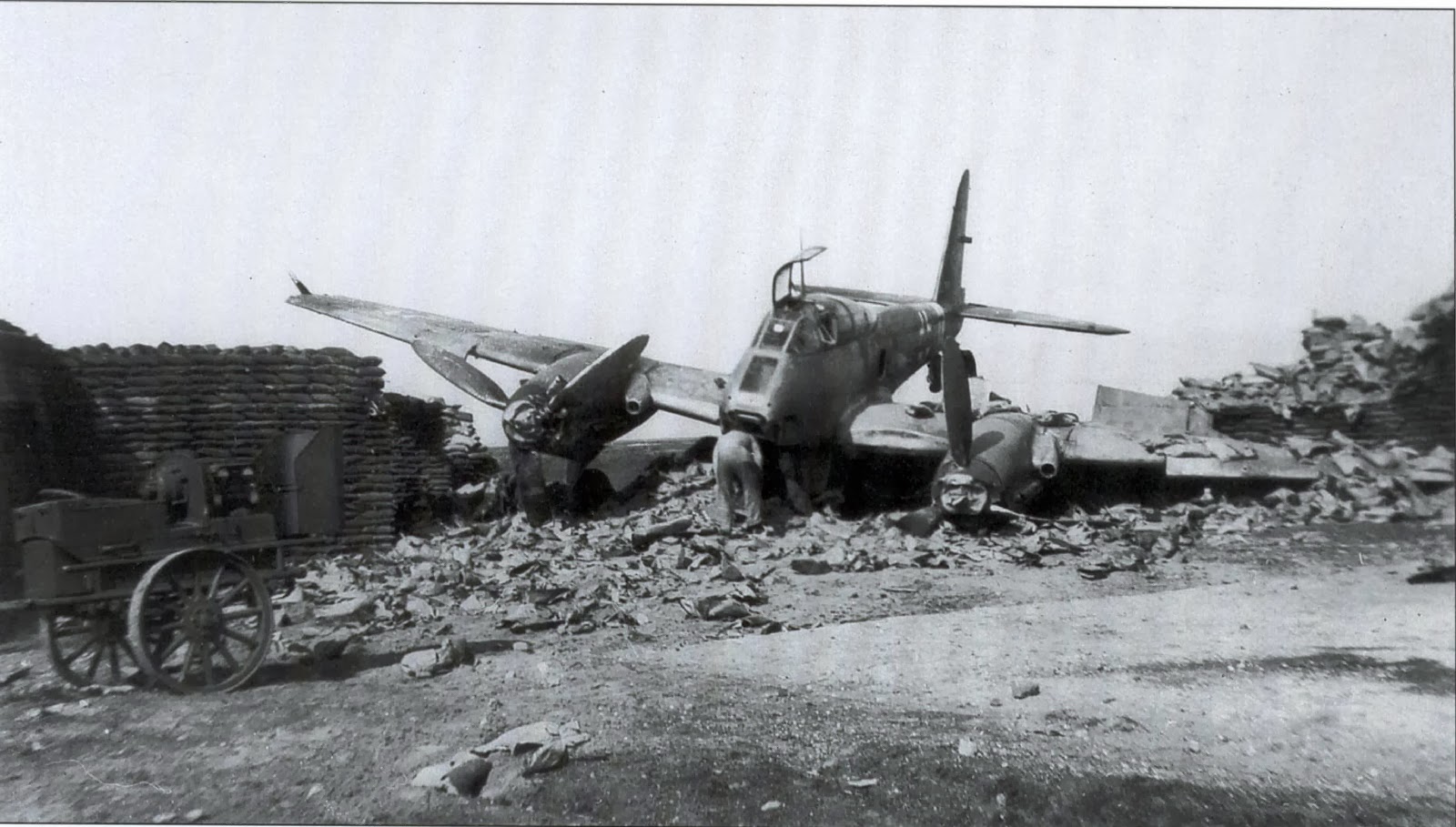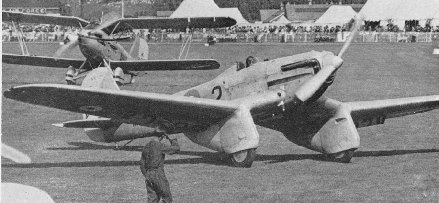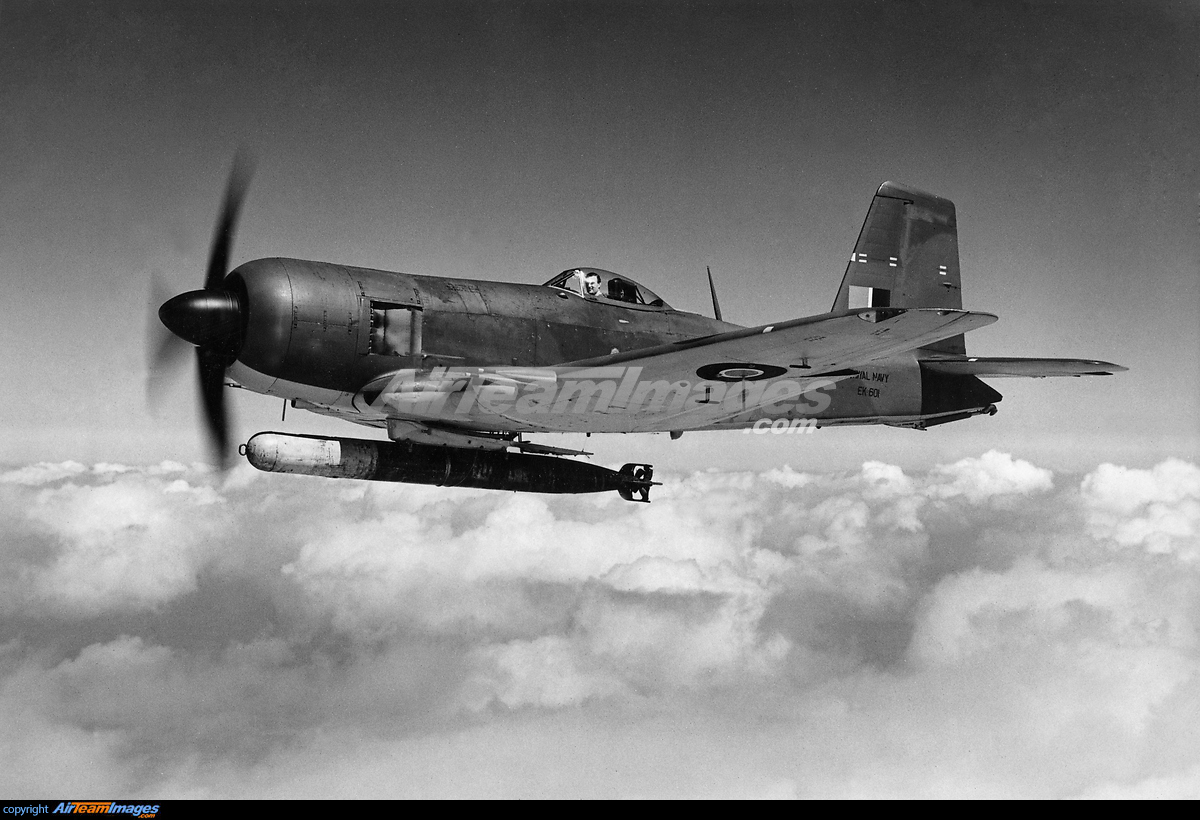“A doctor can bury his mistakes but an architect can only advise his clients to plant vines.” Frank Lloyd Wright
... and an aircraft designer will see them flying, if he's lucky.
Apologies and thanks in equal measure to Shevek23. I'm starting this thread, but the idea is purely his as expounded in the Greatest Aircraft Designer thread.
So, it's quite simple. Take a generally acclaimed aircraft designer (Mitchell, Johnson, Tank, Mikoyan, etc) and identify the worst turkey they ever came up with.
So, allow me to start with Willi Messerschmitt, who gets a lot of acclaim and respect (not all of it deserved IMHO), but inflicted this on the Luftwaffe.

The Messerschmitt 210 - an aircraft that made the He177 look like a success. If you were a test pilot you would find yourself flying a challenging aircraft that was incredibly manouvrable. If you were an average pilot you were trying to fly an aircraft that was totally unflyable due to being cronically unstable in all three axis, and with a ridiculous 1 ton remote controlled gun system that rarely worked into the bargain.
It might not have mattered if they hadn't ordered a 1000 off the drawing board, but whatever Messerschmitt's gifts, this was a total dog.
... and an aircraft designer will see them flying, if he's lucky.
Apologies and thanks in equal measure to Shevek23. I'm starting this thread, but the idea is purely his as expounded in the Greatest Aircraft Designer thread.
So, it's quite simple. Take a generally acclaimed aircraft designer (Mitchell, Johnson, Tank, Mikoyan, etc) and identify the worst turkey they ever came up with.
So, allow me to start with Willi Messerschmitt, who gets a lot of acclaim and respect (not all of it deserved IMHO), but inflicted this on the Luftwaffe.

The Messerschmitt 210 - an aircraft that made the He177 look like a success. If you were a test pilot you would find yourself flying a challenging aircraft that was incredibly manouvrable. If you were an average pilot you were trying to fly an aircraft that was totally unflyable due to being cronically unstable in all three axis, and with a ridiculous 1 ton remote controlled gun system that rarely worked into the bargain.
It might not have mattered if they hadn't ordered a 1000 off the drawing board, but whatever Messerschmitt's gifts, this was a total dog.




